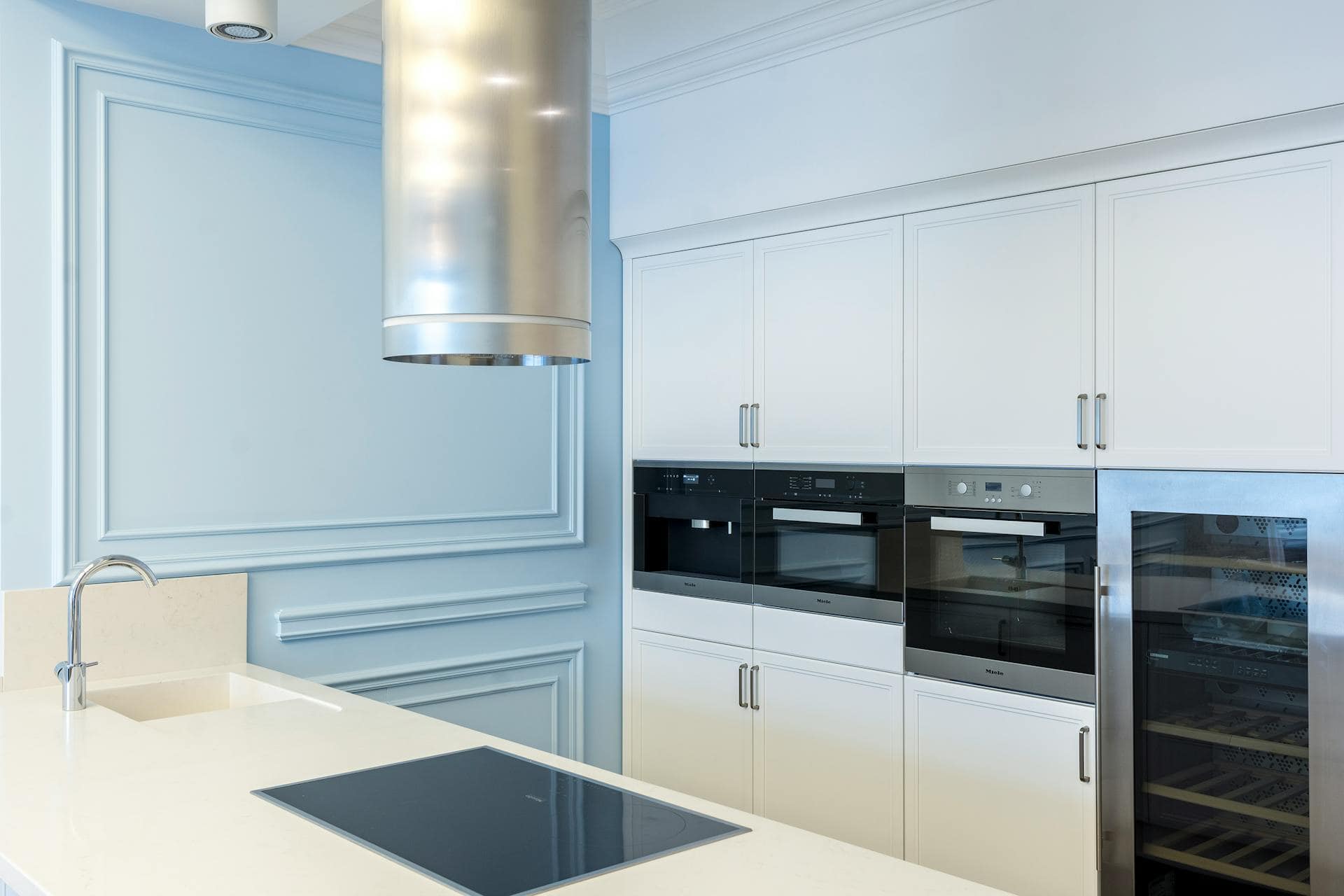
Question: How Do You Vent a Kitchen Without a Vent?
Answer: You can vent a kitchen without a vent by opening windows and turning on exhaust fans. Use a ductless range hood with filters to recirculate air, or a countertop air purifier for smoke and odors.
Kitchen Ventilation Solutions Without a Vent
Cooking generates heat, smoke, and odors. A proper ventilation system removes these byproducts, creating a comfortable and healthy kitchen environment. But what if your kitchen lacks a traditional vent? This article explores effective ways to ventilate your kitchen without a dedicated vent system, offering practical solutions for improving air quality.
Improve Air Circulation
Improving airflow significantly reduces cooking odors and moisture. Open windows create cross-ventilation, expelling stale air and introducing fresh air. Place a fan strategically in a window to further enhance air circulation. Position the fan to draw air outwards, pulling cooking fumes and excess moisture from the kitchen. For smaller kitchens, a single fan can suffice, while larger kitchens may benefit from multiple fans, depending on the layout and window placement. Regular airing out of the kitchen helps maintain a fresh environment. Even a few minutes of open windows daily can make a noticeable difference.
Click here for more information on cabinet refacing near me Toronto
Related Article: Is it Ok Not To Have a Vent in the Kitchen?
Related Article: What is the Alternative To an Exhaust Fan in the Kitchen?
Explore Downdraft Ventilation
Downdraft ventilation systems offer a discreet alternative to traditional overhead vents. Integrated into your cooktop or countertop, these systems draw smoke and odors downwards, through vents located beneath the cooking surface. The captured air then filters and recirculates or vents externally through ductwork. Downdraft systems work best when cooking on the rear burners, offering effective ventilation without the need for a large overhead hood.
Utilize Air Purifiers
Air purifiers contribute to a cleaner kitchen environment. They remove airborne particles, including grease, smoke, and odors, using HEPA filters and activated carbon filters. Position an air purifier strategically within the kitchen to maximize its effectiveness. Choose a model with a high Clean Air Delivery Rate (CADR) appropriate for your kitchen size. Regular filter replacement ensures optimal performance.
Choose the Right Cookware
The type of cookware you use influences the amount of smoke and fumes produced during cooking. Opt for cookware with well-fitting lids to contain cooking emissions. Lids trap steam and odors, reducing their spread into the kitchen. Select cookware materials known for their even heat distribution, such as stainless steel or cast iron. Even heat distribution minimizes burning and excessive smoke production, contributing to a cleaner kitchen environment.
Adapt Your Cooking Techniques
Adjusting your cooking methods can significantly reduce the need for intensive ventilation. Lower cooking temperatures minimize smoke and splattering. Covering pots and pans while cooking traps steam and odors. Regularly cleaning spills and grease buildup on the stovetop prevents smoke from burning residue. Avoid overcrowding pans, ensuring proper airflow and even cooking. These simple adjustments promote cleaner cooking and reduce airborne particles.
Conclusion
Ventilating a kitchen without a vent requires a combination of strategies. Implementing these methods creates a healthier, more comfortable cooking environment. Consider your kitchen’s layout, cooking habits, and budget to choose the best ventilation solution for your specific needs.

Blue Malue Get in touch with Blue here.
